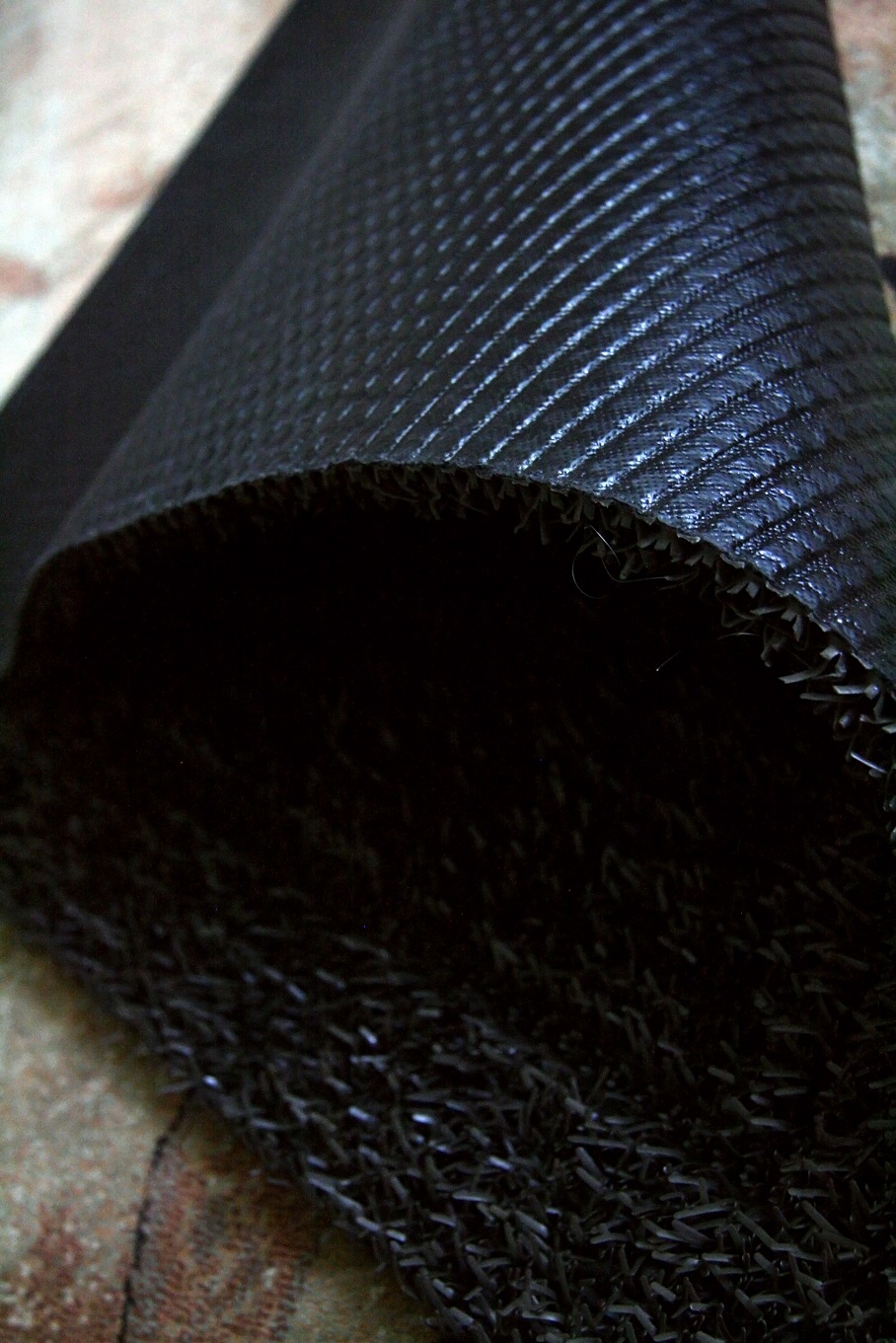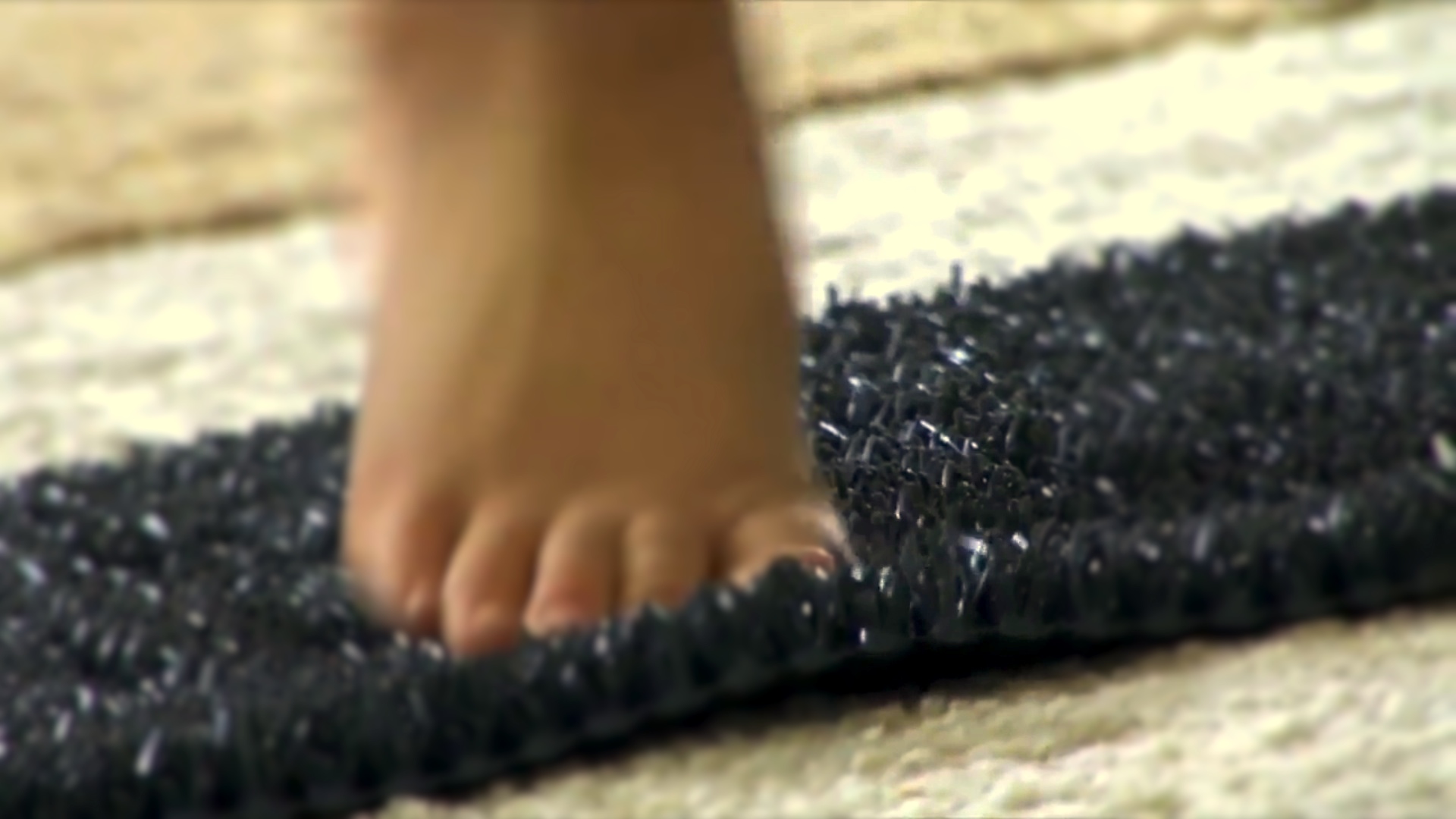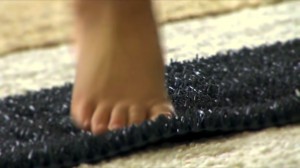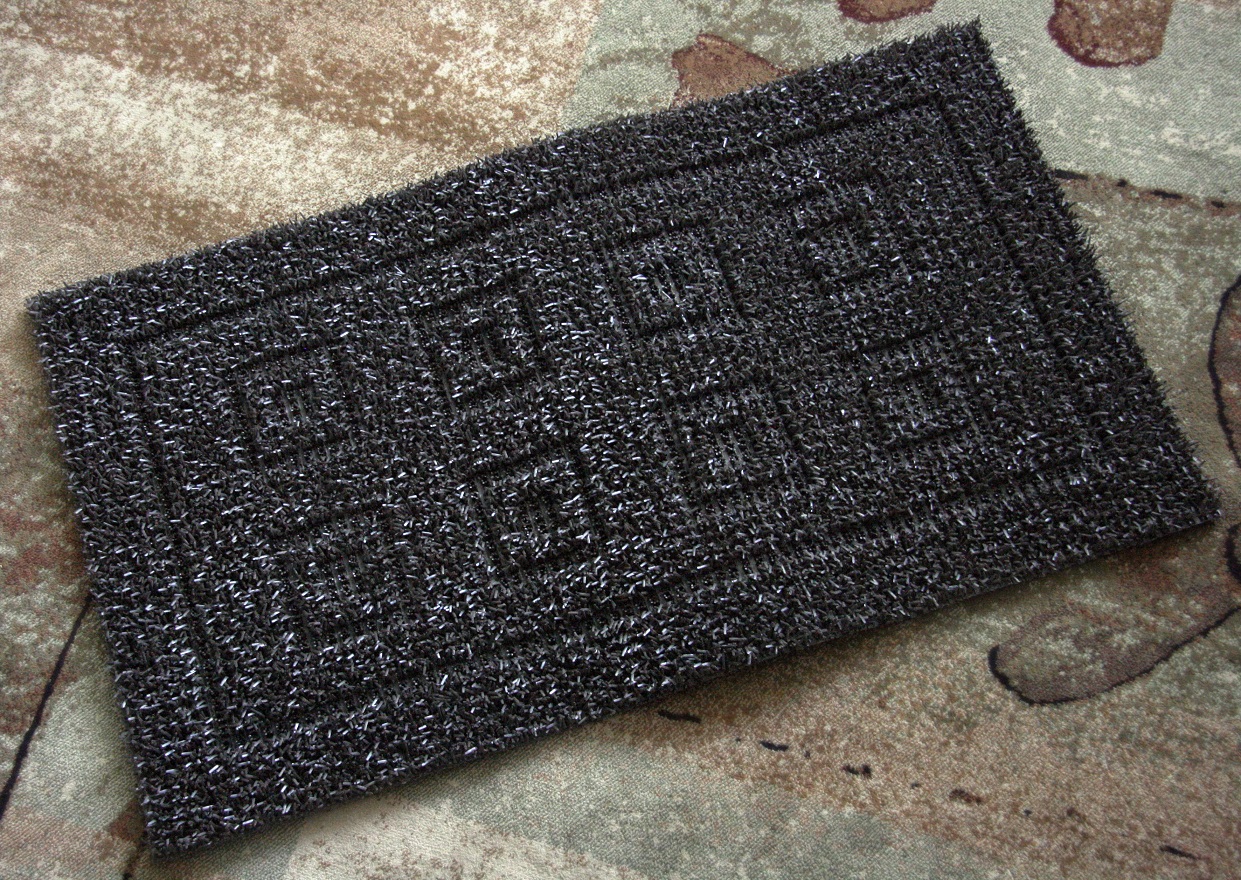Children on the autism spectrum usually have difficulty with the sense of touch, which is often referred to as tactile defensiveness. This may lead to rituals or aversions involving clothing, food and flooring.
Strange as it may seem, the excess in tactile self-stimulation is the brain’s way of trying to repair its serotonin function.
Vicious Cycle of Touch
Serotonin is the hormone in the brain that translates sensory information. It will increase in production through specific sensory inputs, so the situation is almost an impossible vicious cycle for a child with autism: the brain demands touch, but at the same time makes errors of translation, so the child craves for touch and runs into excess, without being able to give the brain the type of sensory input it actually needs to improve its regulation of serotonin. The considerable problem here is that pressure, hitting, or other tactile excess lead to stress which in fact will destroy serotonin.
It is crucial that parents of a child with autism work to rehabilitate his sense of touch knowing one essential fact: the receptors for the sense of touch are located inside the first layers of the skin. There are five types of touch receptors in the skin. The one we are interested in is the one for texture; not pressure, not pain, not heat, not cold, but texture.
All tactile information done with a therapeutic goal has to remain at a very light level and should be gentle and soft.
Tactile Defensiveness
Of course, the first obstacle is the child’s resistance to any soft touch. Again, the mistranslation of the brain leads the child to flee soft touch as if it was painful. Some verbal children report that it feels like being scraped by a sharp blade.
There is one spot on the body where the brain usually does not make as many errors simply because it is consistently used and proper translation is the key to safety: the sole of the foot. The foot sole has an enormous amount of receptors for touch, pressure, movement, and position. If a child is standing, then the brain is working at processing, even if the child is not moving.
The therapy tool described below involves the feet, but first there is one more area to discuss:
Let the child discover for himself
Another factor to consider with great attention is the effect of control on a child’s capacity to process sensory information. When you place yourself in any way between the input and the child, such as holding his or her hand, or making a verbal demand, then you considerably decrease the effect of the sensory information as your child with autism’s brain will first prioritize what comes from you, then what comes from the environment.
Many a good effect is diluted by a parent’s sincere desire to obtain more impact when they intervene to get the stimulation happen. For example, when they say, “Here, Bob, touch this, touch it again”.
Any quality sensory input which the child himself organizes has multiplied therapeutic effects.
Stepping on a texture and then standing on it, simply to enjoy the discovery, leads to a serotonin increase as well as a development of self-awareness and self-esteem.
One of our therapists remembers when she first placed the “magic carpet” in the therapy room. She observed the children’s reactions to the rough feel and fun appearance of the mat.
A very simple plastic doormat, it laid there, interesting, part of the environment. The therapist did not mention it to the children with autism she was working with, or the babies with Down syndrome or cerebral palsy. At Mendability we are committed to using low-cost therapy tools and ideas that parents can implement easily.
The therapist remembers how the reactions of the children were always immediate and positive: they would reach out to the mat, stand on it, lay down on top of it, even roll it around their bodies.
There were many exciting developments following exposure to the mat but one of the most remarkable happened with at 2 and a half-year-old who visited from a distant country with his parents. He stood on the mat almost for the entire time of the training session with the family. The same evening, he said his first word.
This also helps with speech

- Go to your local store and buy a green, gray or brown doormat, as close as possible to the picture for this article. Any deviation from this ideal tool will make it less useful. Avoid using the short, fake grass that is often installed around swimming pools.
- Leave it out and available in any room where the child likes to play, maybe in front of the TV, or anywhere she likes to spend time.
Remember to not even mention the mat, but do step on it occasionally yourself to let the child know that it is safe and fine to touch it, and then wait for them to explore it.
You will observe how quickly the child will grow to love walking on the mat, sitting on it, or rubbing her hands on it. This tool is inexpensive and will bring great benefits, including having a soothing effect in intense moments of emotional dysregulation.
References
- Preliminary evaluation of podotactile feedback in sighted and blind users.
Velazquez R, Bazan O. Conf Proc IEEE Eng Med Biol Soc. 2010;2010:2103-6. - A novel approach to mechanical foot stimulation during human locomotion under body weight support. Gravano S, Ivanenko YP, Maccioni G, Macellari V, Poppele RE, Lacquaniti F. Hum Mov Sci. 2011 Apr;30(2):352-67. Epub 2010 Apr 24.
- The effect of reduced somatosensation on standing balance: a systematic review.
Kars HJ, Hijmans JM, Geertzen JH, Zijlstra W. J Diabetes Sci Technol. 2009 Jul 1;3(4):931-43. Review. - A smart sensing platform for the classification of ambulatory patterns.
Elliott MT, Ma X, Brett PN. Proc Inst Mech Eng H. 2009 Jul;223(5):567-75. - Evidence for strong synaptic coupling between single tactile afferents from the sole of the foot and motoneurons supplying leg muscles.
Fallon JB, Bent LR, McNulty PA, Macefield VG. J Neurophysiol. 2005 Dec;94(6):3795-804. Epub 2005 Aug 3. - Reflexes in the hand: strong synaptic coupling between single tactile afferents and spinal motoneurones.
McNulty P, Macefiel V. Adv Exp Med Biol. 2002;508:39-45. - Gait instability caused by vestibular disorders – analysis by tactile sensor.
Angunsri N, Ishikawa K, Yin M, Omi E, Shibata Y, Saito T, Itasaka Y. Auris Nasus Larynx. 2011 Aug;38(4):462-8. Epub 2011 Mar 2. - Walking speed and peak plantar pressure distribution during barefoot walking in persons with diabetes.
Ko M, Hughes L, Lewis H.
Physiother Res Int. 2011 Jan 14. doi: 10.1002/pri.509. [Epub ahead of print] - Foam posturography: standing on foam is not equivalent to standing with decreased rapidly adapting mechanoreceptive sensation.
Patel M, Fransson PA, Johansson R, Magnusson M.
Exp Brain Res. 2011 Feb;208(4):519-27. Epub 2010 Dec 1.




Would you kindle let me know the cost and where can I purchase the mat ?
Regards
Anna (London )
Hi Anna, the mat we like is the Clean Machine High Traffic Doormat.
You can find a couple of different ones on Amazon:
– http://www.amazon.com/Clean-Machine-Traffic-Doormat-Charcoal/dp/B000KKMMR4/
– http://www.amazon.com/Clean-Machine-Traffic-10267307-Doormat/dp/B0044UOQ84/
I can’t download the pictures of the ‘magic carpet’. Would love to buy one, but need more information. Could someone please describe it or give me a link to where I could buy it?
Thanks, Linda! We updated the images with new links to larger versions of the pictures. :-)
Hi Claudie, can you please send this photo to my email so that I can have a close look at it. I have one that might work but I want to compare the two.
Thank you
Sonja
South Africa
Hi, Sonja!
I added a couple more pictures of the “magic mat” to the article. Click on the pictures to see a large version that you can also print and take with you to the store.